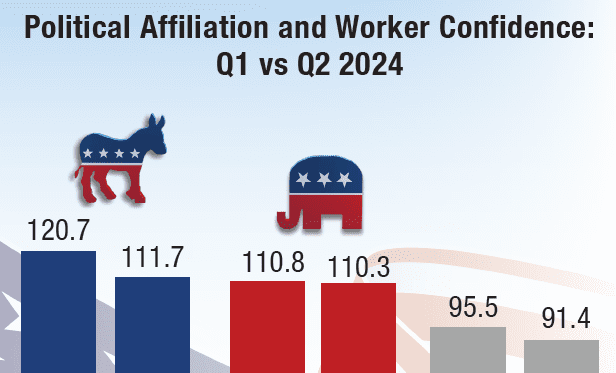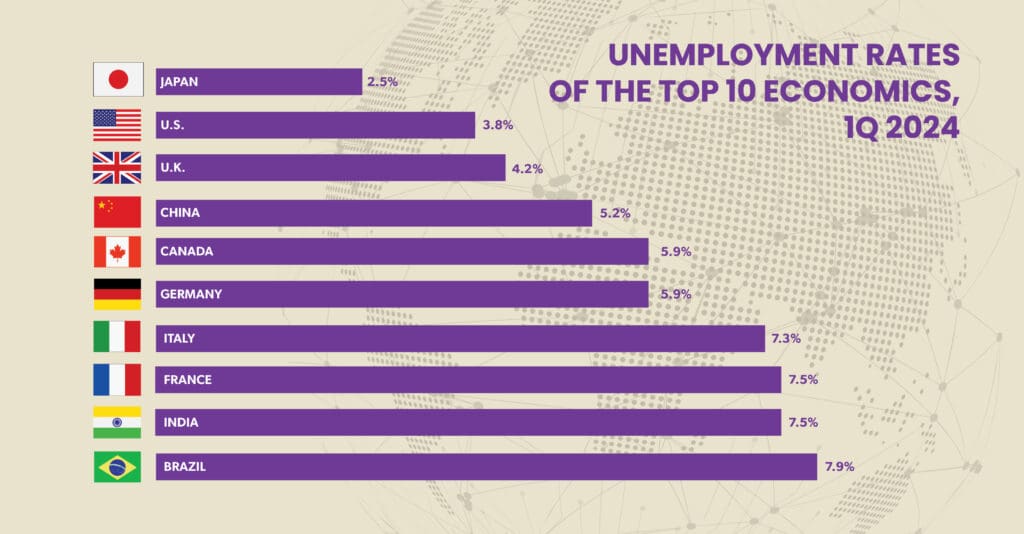Leveraging a hybrid relocation program is a competitive differentiator for this market segment.
All segments of the workforce are facing a challenging labor market, and mid-sized companies are no exception. The Ohio State University’s National Center for the Middle Market defines these organizations as having an average annual revenue between $10 million and $1 billion. They also tend to have a broad range of total employees, ranging from 200 to 10,000. One major obstacle for mid-sized companies is competing with their larger-size counterparts for talent. Here Anthony Horton, CEO of Corporate Relocation International (CRI), shares how pairing relocation with a commitment to the employee experience can offer a competitive advantage for the long term.
 Q: How can mid-sized companies stand out from larger competitors to attract talent?
Q: How can mid-sized companies stand out from larger competitors to attract talent?
A: The mid-sized market is critical to the U.S. economy, accounting for an estimated one third of private-sector gross domestic product. This is a major segment of industry and commerce. In fact, over the decade prior to COVID-19, mid-sized companies outperformed other sectors by adding over 2 million jobs. Yet these organizations face fierce competition from enterprise-sized, Fortune 1000 companies. It’s not easy going against the deep pockets of super-large firms when drawing in talent.
Recently, I was chatting with the CHRO of a mid-market organization and she was listing off all of the benefits they offer employees: a cool work environment, hybrid and remote working options, and even an office concierge that will run errands for employees during the day. Their challenge? Communicating their full offerings and the holistic employee experience to potential candidates. Most mid-sized companies actually have as much or more to offer; they just don’t package it in a compelling way to recruits. In today’s talent tight market, it’s critical to communicate the flexibility and enhanced career growth potential that comes with a mid-market firm.
Q: What are some myths around relocation and mid-sized companies?
A: There are definitely a set of preconceived notions about relocation for this segment. The biggest one is simply the idea that companies are not “big enough” for relocation benefits. Mid-sized companies worry their needs will be deprioritized against larger clients. CRI is actually a mid-market company ourselves, focused on this segment, so “we are like you, so we get you.”
Another misconception is that relocation will be too costly. Most mid-sized firms can’t build an in-house global mobility department and relocation can become pretty complex in areas like tax compliance and coordinating logistics. A common solution is a relocation allowance or relocation bonus for new recruits. The satisfaction with this is short-lived for both HR and the candidates. HR ends up facing additional work that comes with the relocation, such as expense reimbursement or counselling and support. For the transferee, it can be a challenge planning and coordinating the entire relocation on their own, dealing with taxation and compliance issues.
By working with a relocation partner, these firms will usually save in the end. There is a soft cost savings from reducing time to fill new roles and productivity, and there is also a hard cost savings through a managed and quality-controlled relocation benefits program.
Mid-sized firms are seeing that a well-packaged relocation service gives them an edge over those large firms and they are winning in the war for talent. This is where the competitive angle comes in with respect to talent acquisition. Large organizations are able to invest quite heavily in employer brand marketing to court top talent. Mid-market companies that find innovative ways to position themselves as offering competitive -if not better -benefits tend to attract the talent that large organizations are marketing to.














